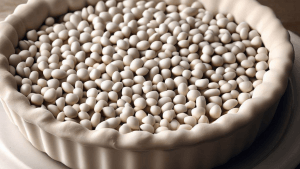What can I use as a substitute for pie weights?
Do you need to find pie weight substitutes? Try using dried beans/peas, uncooked rice, popcorn kernels, sugar, metal washers or steel balls, or lastly a second pie plate.
I was asked recently “can I use marbles as pie weights?”. Well, yes you can, however it wouldn’t be on the top of my list as glass marbles can chip and contaminate your bake. However if you do want to use them then you should use glass marbles, not plastic marbles. Plastic marbles can melt or deform in the oven. Remember to use marbles of the same size so that they will distribute the weight evenly. And be careful when removing the marbles, as they may be hot.
What are Pie Weights?
Pie weights are small, weighted objects that you use to weigh down a pie crust during blind baking. Blind baking is the process of baking a pie crust without any filling, which helps to prevent the crust from becoming soggy. Pie weights help to keep the crust flat and prevent it from bubbling up.
The type of pie weights that you use will depend on your personal preference and what you have on hand. Ceramic and metal pie weights are the most common, but they can be expensive. Dried beans, uncooked rice, popcorn kernels, and sugar are all inexpensive substitutes that work just as well.
To use pie weights, simply place them in a pie crust that you have lined with parchment paper. You should ensure you space the pie weights evenly throughout the crust. Bake the pie crust according to the recipe instructions. Once the crust is baked, remove the pie weights and fill the pie with your desired filling.
Here are some tips for using pie weights:
- Use enough pie weights to evenly weigh down the crust.
- Make sure that the pie weights are evenly spaced throughout the crust.
- Do not overbake the crust, as this can cause the pie weights to burn.
- Be careful when removing the pie weights, as they may be hot.
Okay, before we look at your pie weight substitute options, let’s deal with that empty cupboard situation!
Where can I buy Pie Weights?
If you want to be more prepared for your next batch of baking, then you should stock up now.
Not all supermarkets sell pie weights so you might want to plan ahead and make your on-line purchase now. Here is a link for a lovely set of heat resistant ceramic pie weights.
So why not jump on and place your order today.
STOCK UP NOW!
Heat resistant ceramic pie weights – up to 48 degrees Fahrenheit. Perfect for blind baking.
Simply hand-wash and dry thoroughly before storing ready for your next bake.
What can I substitute for Pie Weights?
Here are some items you can use as a substitute for pie weights.
- Dried beans/peas
- Uncooked rice
- Popcorn kernels
- Sugar
- Metal washers or steel balls
- A second pie plate
Pie Weight substitutes
Dried Beans/Peas
You can use dried beans as a substitute for pie weights and they are generally the most popular choice. They are inexpensive and easy to find. Just be sure to use uncooked beans, as cooked beans will become too soft and will not work as well
Any type of dried bean will work, but chickpeas, black beans, pinto beans, and lentils are all good choices.
To use dried beans as pie weights, simply preheat your oven to 375 degrees Fahrenheit. Line your unbaked pie crust with parchment paper or foil, and then pour in the dried beans. Distribute the beans evenly throughout the crust. They should reach up to the sides of the crust. Bake the crust for 10-15 minutes, or until the beans are golden brown.
Once the beans are golden brown, carefully remove them from the crust. You can use the beans again as pie weights, or you can cook them as usual.
No matter which substitute you choose, make sure that the weight is evenly distributed throughout the crust. This will help to prevent the crust from shrinking or puffing up during baking.
Here are some tips for using dried beans as pie weights:
- Use a variety of sizes of beans for a more even distribution of weight.
- Pack the beans tightly in the crust to prevent them from shifting.
- Be careful not to overbake the beans, or they will become hard and crunchy.
- Use the beans again as pie weights, or cook them as usual.
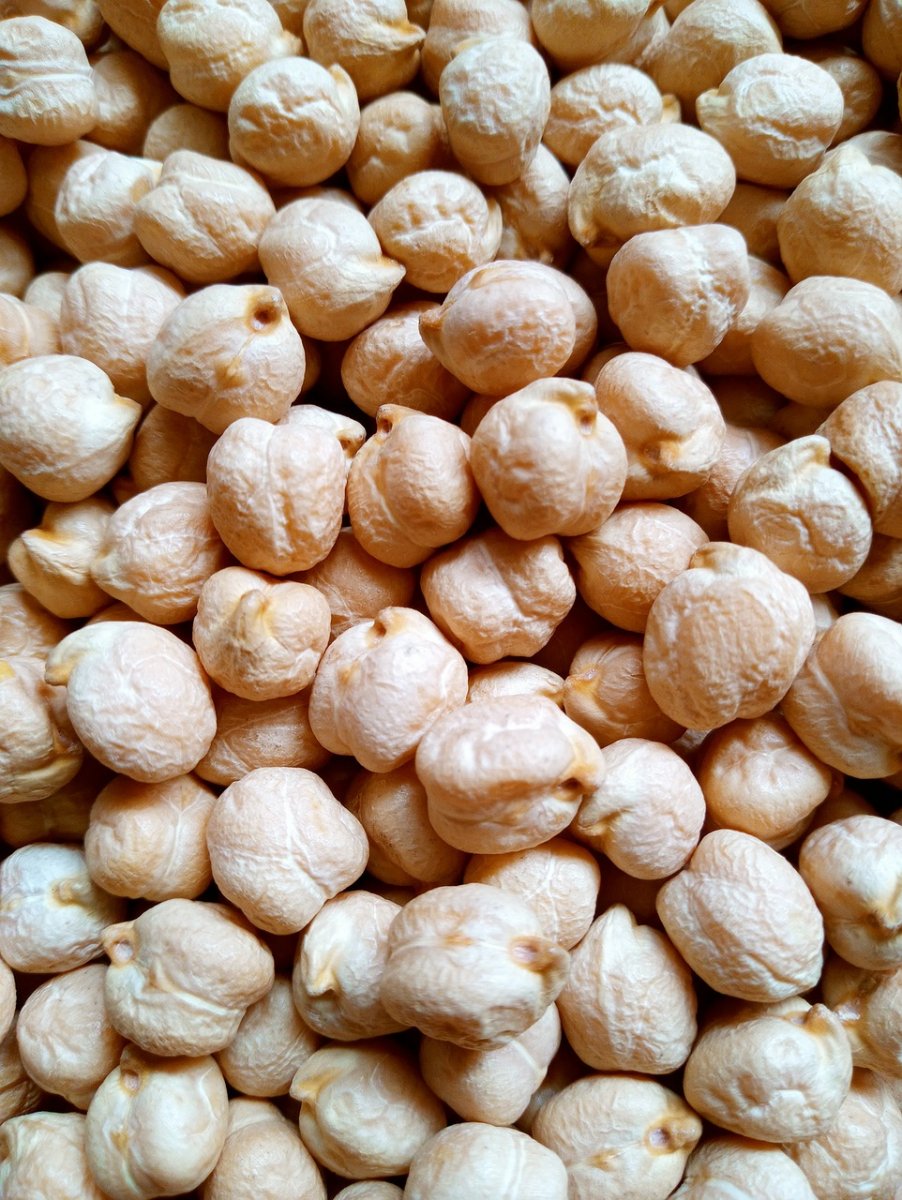
Uncooked rice
Uncooked rice is another good option as pie weight substitutes. It is also inexpensive and easy to find. Just be sure to use a variety of rice that is not too sticky, such as white rice or basmati rice.
It is a great option because it is heavy enough to hold the dough down and small enough to mold perfectly into the pan. However, remember the rice must be uncooked. Cooked rice gets fluffy and lightweight, so it will not be effective as a pie weight.
To use uncooked rice as a pie weight, you will need to:
- Line the inside of your pie crust with parchment paper or foil.
- Pour enough uncooked rice into the crust to fill the bottom and come up about 1 inch on the sides.
- Bake the crust according to the recipe instructions.
The rice will help to prevent the crust from shrinking or bubbling during baking. After baking, you can simply discard the rice.
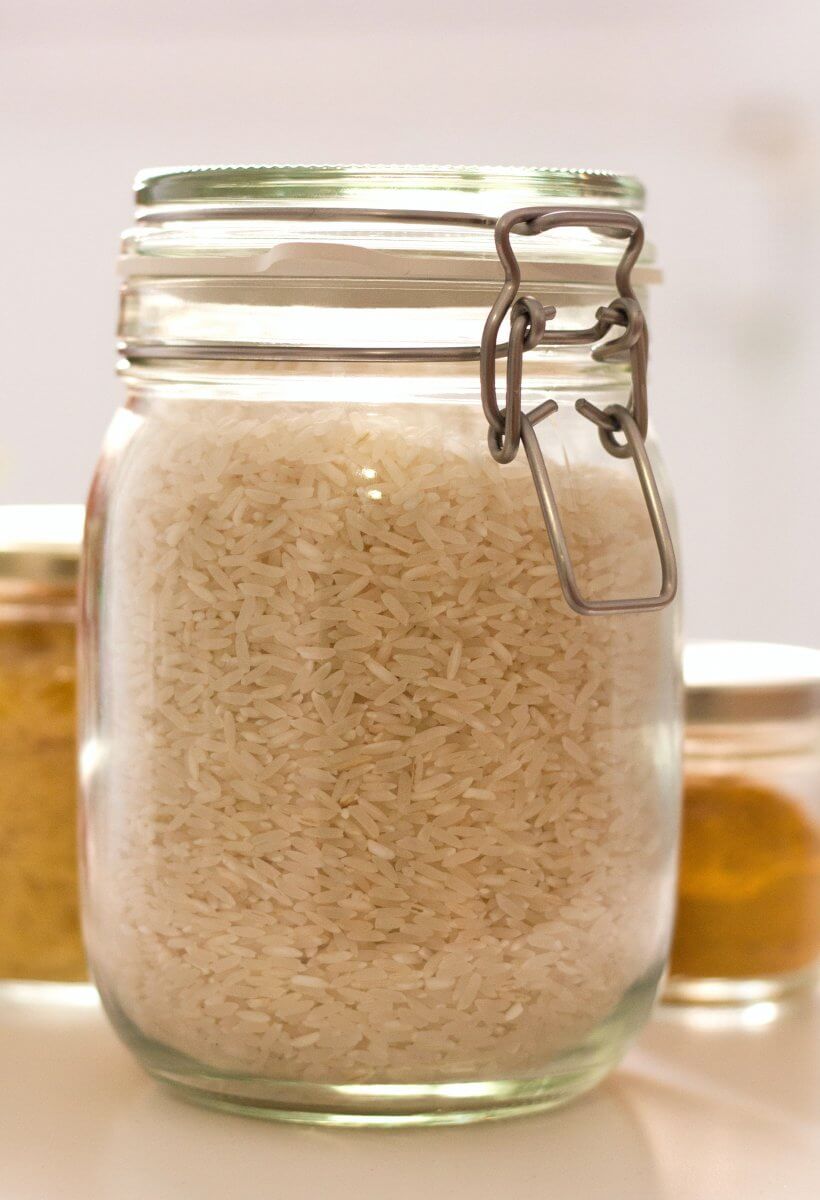
Popcorn kernels as pie weight substitutes
You can use popcorn kernels as an alternative for pie weight substitutes. They are a good option because they are inexpensive and easy to find. To use popcorn kernels as pie weights, simply line your unbaked pie crust with parchment paper and then pour the kernels into the crust. Fill the crust about two-thirds full of kernels. The kernels will help to prevent the crust from shrinking and blistering during baking.
Here are some tips for using popcorn kernels as pie weights:
- Use unpopped popcorn kernels. Popped popcorn will not work as well because it will be too light and will not weigh down the crust evenly.
- Fill the crust about two-thirds full of kernels. This will help to prevent the kernels from moving around during baking.
- Bake the crust according to the recipe instructions.
As the popcorn kernels will be too dry to eat once the crust is baked, you should immediately discard them.
Remember to make sure that the popcorn kernels are evenly distributed in the crust and that it is heavy enough to prevent the crust from shrinking or blistering.
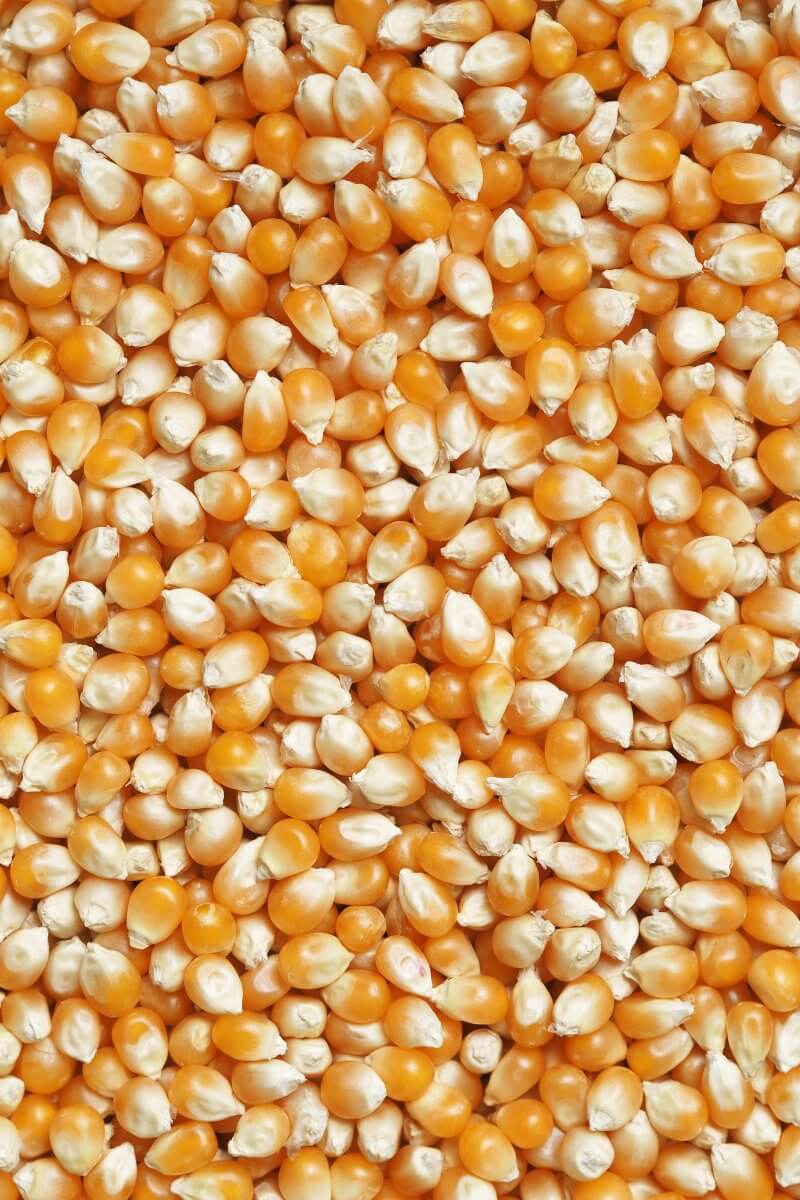
Sugar as pie weight substitutes
Sugar is a surprising but effective option. It will help to keep your crust from browning too much. Just be sure to use granulated sugar, as brown sugar will be too sticky.
Yes, you can use sugar as a substitute for pie weights. It is a little messier than other substitutes, but it works just as well. Here are the steps on how to use sugar as pie weights:
- Preheat your oven to 375 degrees F (190 degrees C).
- Roll out your pie crust and line your pie plate.
- Cut a piece of parchment paper to fit the bottom of your pie plate.
- Place the parchment paper in the pie plate and fill it with about a pound of granulated sugar.
- Press the sugar into the corners of the pie crust.
- Bake the pie crust for 15-20 minutes, or until it is golden brown.
- Remove the pie crust from the oven and let it cool completely before filling it.
The sugar will help to prevent the crust from bubbling up during baking. It will also become slightly toasted and caramelized, which can add a nice flavor to your pie.
Here are some other things to keep in mind when using sugar as pie weights:
- Use granulated sugar, not powdered sugar. Powdered sugar will dissolve during baking and will not be as effective at preventing the crust from bubbling up.
- If you are using a tart pan with a removable bottom, you can place the pie crust in the pan and then fill it with sugar. However, if you are using a regular pie plate, you will need to crimp the edges of the pie crust before adding the sugar.
- The sugar may spill out onto the crust a little bit during baking. This is not a problem, but you may want to line the pie plate with foil to catch any spills.
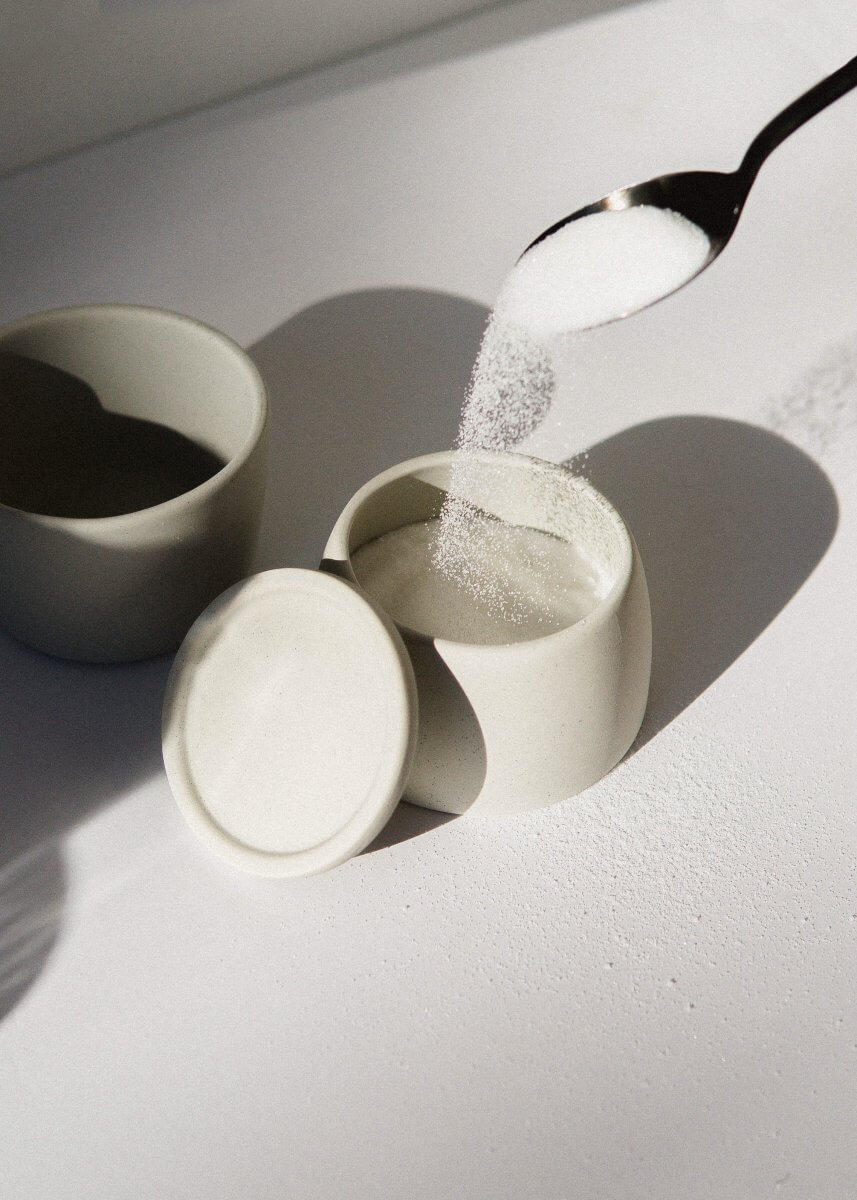
Metal washers or steel balls as pie weight substitutes
You can use metal washers or steel balls as a substitute for pie weights. They are both heavy and will help to prevent the crust from bubbling up during baking. They are not as common as other substitutes, but they will work well if you have them on hand.
Here are some things to keep in mind when using metal washers or steel balls as pie weights:
- Make sure that the washers or balls are the same size so that they will distribute the weight evenly.
- Do not use too many washers or balls, as this could cause the crust to become too dense.
- Be careful when removing the washers or balls, as they may be hot.
Metal baking chains are now available in a variety of sizes, so you can choose one that is the right size for your pie plate. They are also available in different materials, such as stainless steel, brass, and copper.
To use a metal baking chain, simply place it in a pie crust that has been lined with parchment paper. Evenly space the chain throughout the crust and bake the pie crust according to the recipe instructions. After you bake the crust, remove the chain and fill the pie with your desired filling.
Overall, metal baking chains are a versatile and effective way to weigh down pie crusts during blind baking. They are reusable, durable, and heat-resistant. However, they can be more expensive than other types of pie weights and can be a bit messy to use.
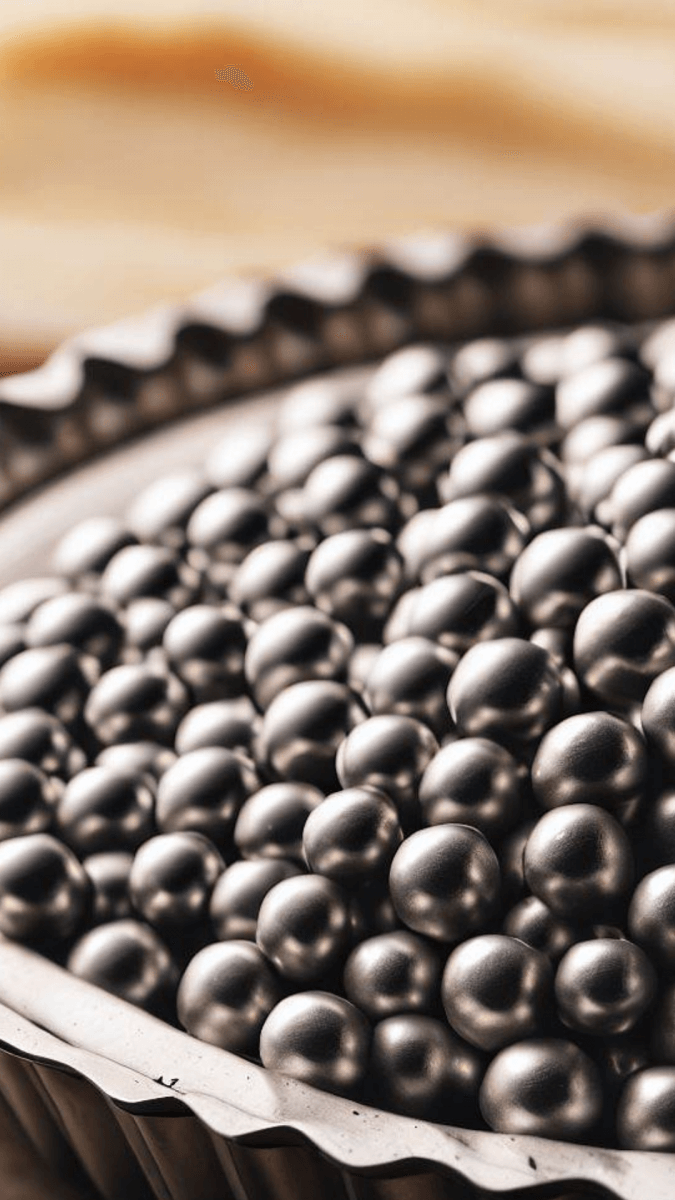
Second pie plate
You can use a second pie plate as a pie weight substitute. Just be sure to line the bottom of the plate with parchment paper or foil to prevent the crust from sticking. This is a great option if you don’t have any other pie weights on hand.
To use a second pie plate, simply place it upside down on top of the pie crust that has been lined with parchment paper. The two pie plates should be snugly fitted together. Bake the pie crust according to the recipe instructions. Once the crust is baked, remove the top pie plate and fill the pie with your desired filling.
Here are some tips for using a second pie plate as a substitute for pie weights:
- Make sure that the two pie plates are the same size.
- Spray the bottom of the top pie plate with cooking spray to prevent it from sticking to the bottom of the crust.
- Be careful when removing the top pie plate, as it may be hot.
This method is a great way to prevent the crust from bubbling up during blind baking. It is also a very easy and convenient way to weigh down the crust.
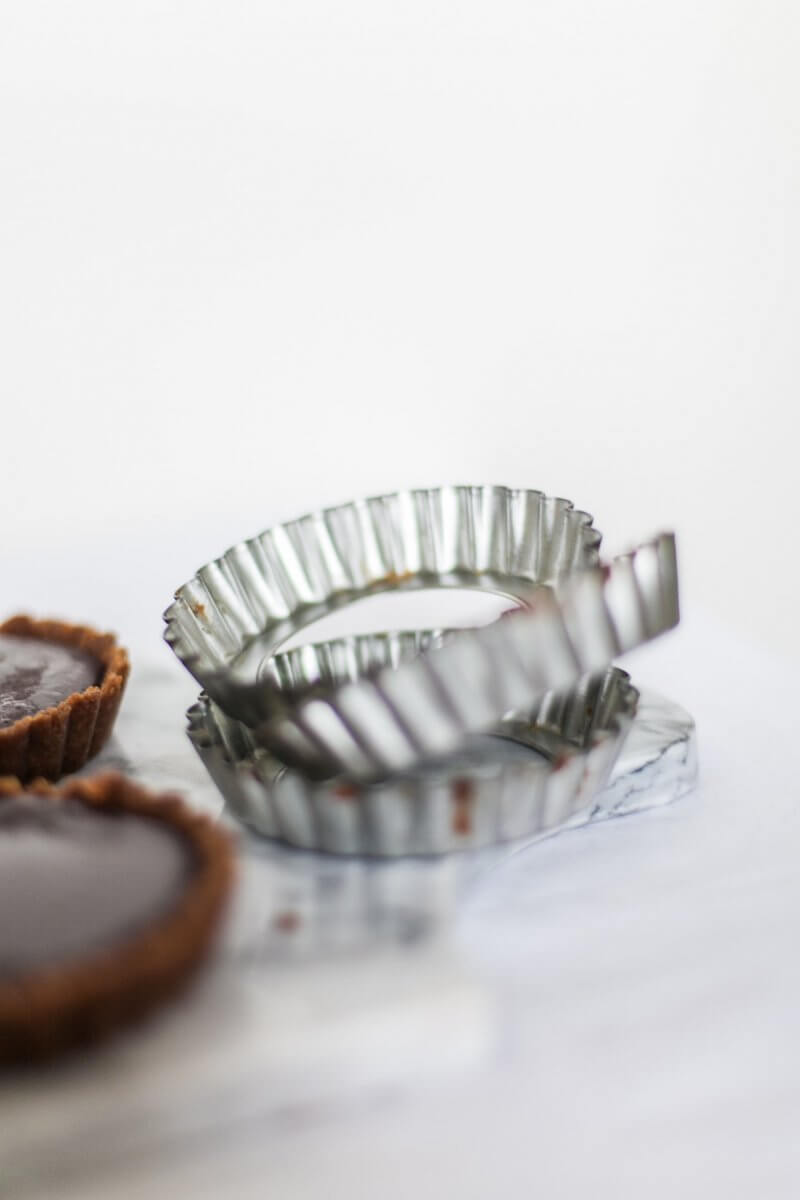
What is blind baking?
Blind baking is the process of baking a pie crust or other pastry without any filling. This is done to prevent the crust from becoming soggy, especially when the filling is wet. Blind baking is also used to ensure that the crust is cooked all the way through before adding the filling.
To blind bake a pie crust, you will need to line the pie plate with parchment paper and then fill it with pie weights. The pie weights will help to keep the crust flat and prevent it from bubbling up. Bake the pie crust according to the recipe instructions. Once the crust is baked, remove the pie weights and fill the pie with your desired filling.
Here are some tips for blind baking:
- Use enough pie weights to evenly weigh down the crust.
- Make sure you evenly space the pie weights throughout the crust.
- Do not overbake the crust, as this can cause the pie weights to burn.
- Be careful when removing the pie weights, as they may be hot.
Here are some examples of when you might need to blind bake a pie crust:
- When the filling is a custard or cream-based filling that does not need to be baked.
- When the filling is a fruit filling that is very juicy.
- When the pie crust is very thin.
Blind baking is a simple but important step in making a delicious pie. By following these tips, you can ensure that your pie crust is cooked perfectly every time.
Summary for substitutes for Pie Weights
So there you are – the pie weight substitutes listed above are all suitable to get you baking. And most of them you may already have in your store cupboard.
Okay – that’s you all sorted with suitable substitutes for pie weghts.
We have gathered together a lot more facts on ingredients such as herbs, spices, oils, nuts, etc. if you would like to learn some more.
